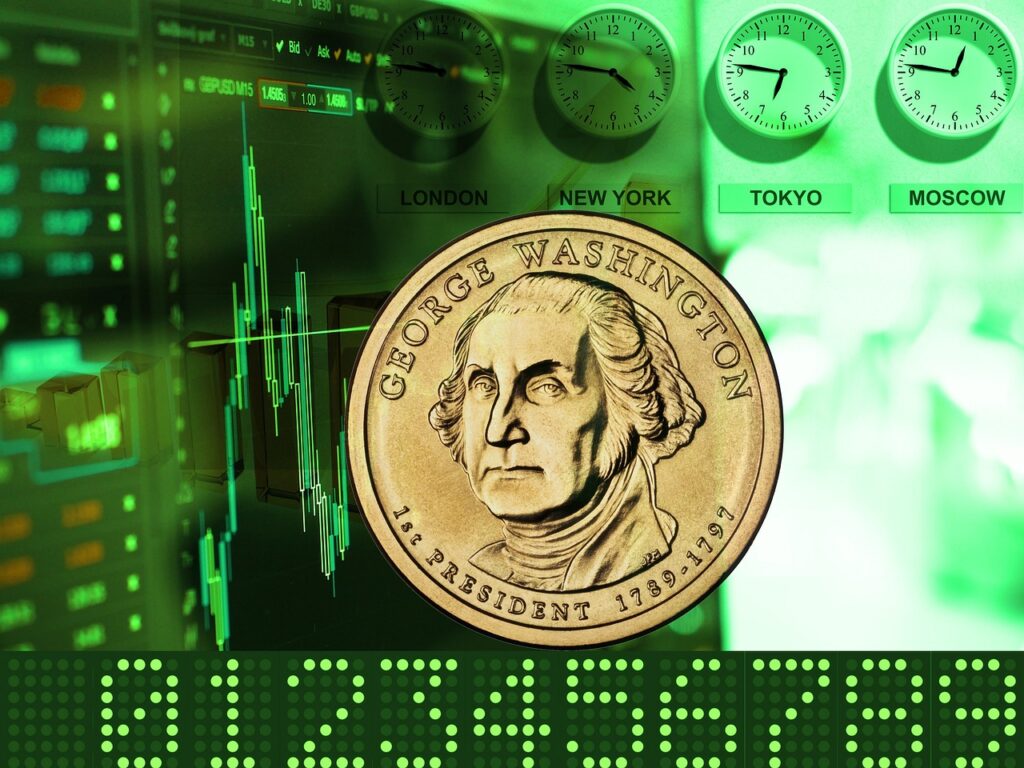Copper stocks represent companies involved in the extraction and production of copper, a metal essential to various industries, including electronics, construction, and renewable energy. With copper prices reaching record highs in 2025 due to rising global demand and supply constraints, investing in copper stocks has become increasingly attractive. Investing in copper stocks offers exposure to a critical resource that plays a key role in the ongoing energy transition and infrastructure development worldwide.
Many investors seeking to benefit from the copper market prefer publicly traded copper producers over more complex instruments like futures contracts. This provides a straightforward way to gain access to the metal’s growth potential through companies listed primarily on stock exchanges such as the Toronto Stock Exchange and U.S. markets. Understanding which copper companies are best positioned to perform in this environment is essential for making informed investment decisions.
The market conditions driving copper’s rally create both opportunities and risks, making it crucial to evaluate copper stocks carefully. By focusing on leading players and market trends, investors can navigate this sector with more confidence and clarity.
Investing in Copper Stock
Investing in copper stock involves understanding what these stocks represent, knowing the major companies and ETFs available, and recognizing the factors that influence their prices. Copper plays a crucial role in industries like construction, electronics, and clean energy, making its stocks a key area for investors tracking global demand and supply dynamics.
What Is Copper Stock?
Copper stock refers to shares of companies engaged in copper mining, production, and exploration. These companies operate at various stages, from extraction to refining copper for industrial use. Owning copper stock means investors gain indirect exposure to copper prices and the overall copper market.
Copper stocks are often considered a proxy for the copper commodity. Unlike physical copper, stocks provide liquidity and dividend potential. Investors should assess company fundamentals such as reserves, production efficiency, and financial health, as these impact stock performance beyond market copper prices.
Major Copper Companies and ETFs
Leading copper companies include Rio Tinto, BHP Group, and Teck Resources. These firms have extensive mining operations and production capacity, positioning them as significant players in the copper market.
Investors can also access diversified exposure to copper through ETFs such as the Global X Copper Miners ETF (COPX) or the iShares MSCI Global Metals & Mining Producers ETF (PICK). These ETFs track baskets of copper mining stocks, offering a way to invest without selecting individual companies.
| Company/ETF | Market Focus | Highlights |
| Rio Tinto | Global copper mining | Large reserves, diversified metals |
| BHP Group | Multi-metal mining | Strong balance sheet, efficient operations |
| Teck Resources | Canada-focused mining | Significant copper and coal production |
| Global X COPX ETF | Copper miners | Broad exposure to global copper producers |
| iShares PICK ETF | Metals & mining producers | Includes copper and other metals firms |
Factors Influencing Copper Stock Prices
Copper stock prices are primarily influenced by copper commodity prices, which fluctuate based on supply and demand. Rising demand from industries like electric vehicles and renewable energy tends to increase prices.
Other factors include geopolitical risks affecting mining regions, production disruptions, and changes in global economic conditions. Company-specific elements such as cost control, expansion projects, and regulatory compliance also impact stock prices.
Investors should monitor copper futures prices, inventory levels, and technological trends like battery innovations, as these can signal shifts in demand and affect copper stock valuations.
Trends and Outlook for Copper Stocks
Copper stocks are influenced by strong industrial demand and shifting market dynamics. Factors like electrification, infrastructure growth, and supply constraints shape their performance. Price forecasts reflect a cautious but generally positive longer-term view.
Global Demand and Industrial Use
Copper remains critical in industries like renewable energy, electric vehicles, and infrastructure. Its excellent conductivity makes it essential for electromobility and expanding clean energy technologies. Demand from decarbonization efforts continues to grow steadily, with companies targeting higher-grade deposits.
China plays a pivotal role, driving consumption especially through green technology investments. However, real estate market weakness and tariff impacts introduce some volatility. Despite short-term challenges, long-term industrial use supports sustained interest in copper mining and stock investments.
Market Forecasts and Price Predictions
Price projections for copper show some near-term pressure due to tariff adjustments and inventory corrections. Analysts at J.P. Morgan expect LME copper prices to dip toward $9,100 per metric tonne in Q3 2025 before stabilizing.
Longer-term forecasts remain optimistic, with the global copper market projected to grow at a CAGR of 6.5% through 2030, reaching nearly $340 billion in market size. Technical targets suggest potential upside with support near $4.35 per pound and resistance around $6.15, indicating trading opportunities for investors focused on both short-term and long-term gains.


